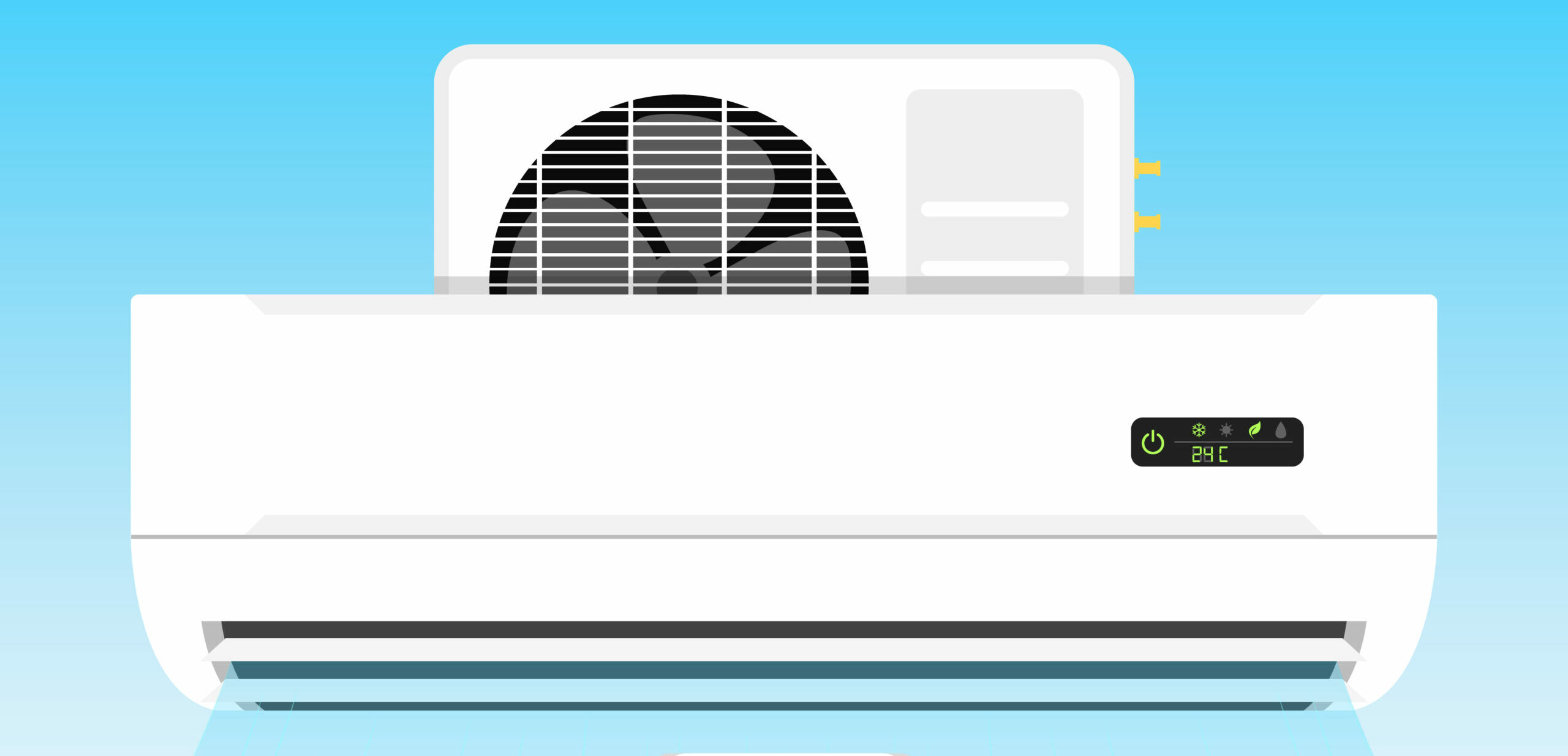
Heat pumps are a popular way of both heating and cooling. These are best used in temperate climates without the extreme up and down temperatures.
How do these amazing devices manage to both? If you are interested in learning more about heat pumps, you landed in the right spot. We aim to provide you with everything you need to know about heat pumps including the basics of how they work, how and why to choose one, as well as highlight some of the top heat pump manufacturers out there.
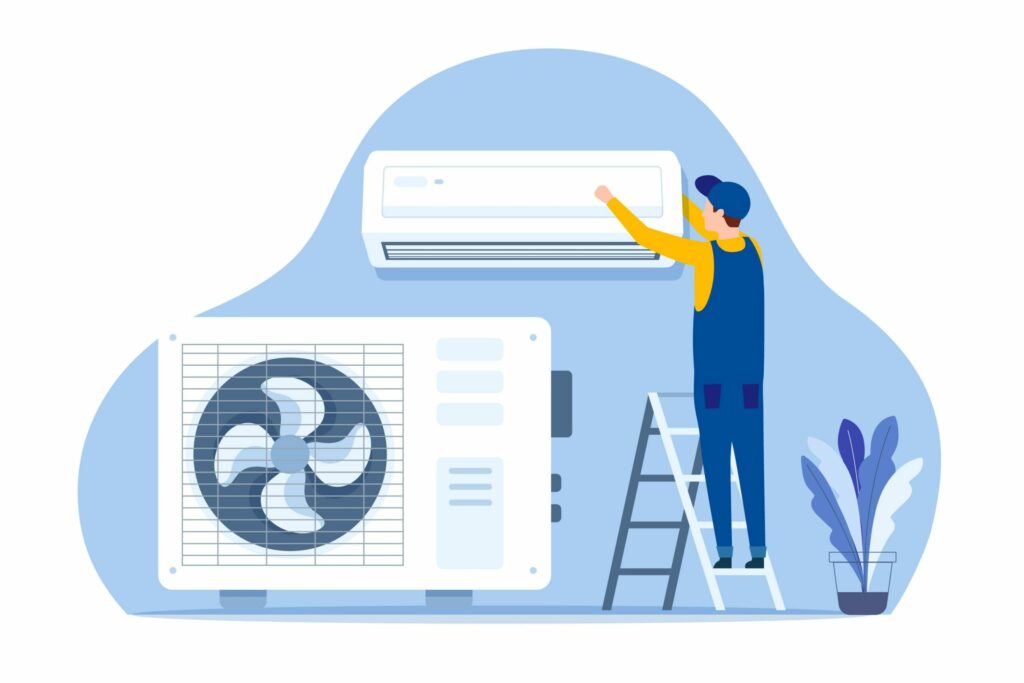
Feel free to browse the article or use the table of contents to skip right to your most pressing questions.
Heat Pump Basics
A heat pump can be an excellent addition to your home. It can keep your home comfortable year round and even save you money while doing it.
What is a Heat Pump?
No matter the weather, some degree of warm air is circulating. Heat pumps take advantage of this by relocating the warm air, either by venting it to the outside, or pulling it inside.
A heat pump is able to operate in multiple seasons in different ways, which makes it a great substitute for both a heater and an air conditioner, all in one unit.
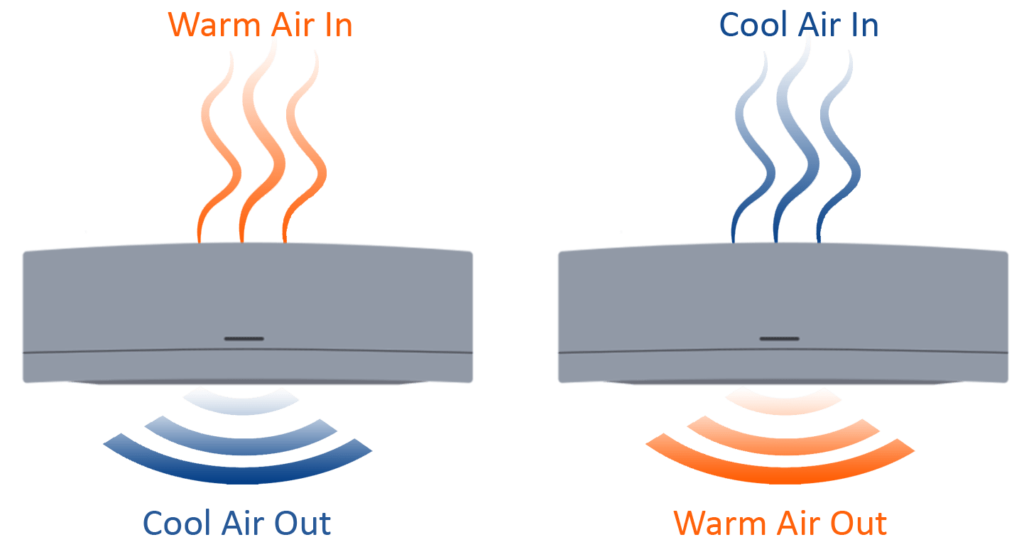
How Does a Heat Pump Work?
So, how do they accomplish this? Well, contrary to their name, heat pumps don’t actually produce any heat of their own. In fact, they work more like an air conditioner than a heater.
● First, the heat pump extracts heat from one location and vents it to another. Where the warm air comes from depends on whether you are cooling or heating your indoor space.
● Once the heat is absorbed into the unit, it passes across the cooling coil (which is filled with refrigerant). Here, the heat is extracted from the air.
● Depending on the season, the warmer air is either vented outside and cool air is released into your home (summer) or warm air is released into your home and cooler air is vented outdoors (winter).
This process does not require the use of fossil fuels like gas to operate, using a small amount of electricity instead, which helps keep your pocketbook and the environment happy.
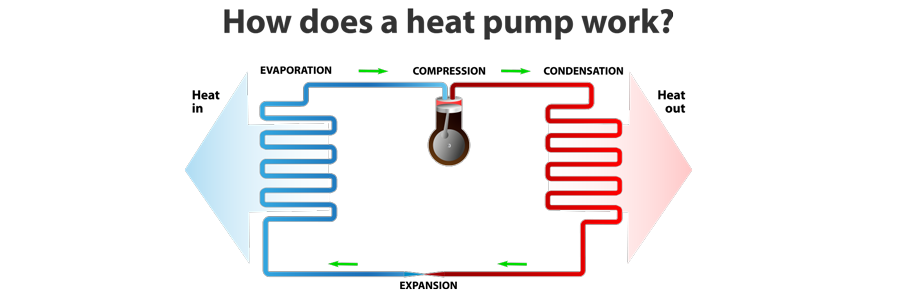
Types of Heat Pumps
There are three main types of heat pump, air-source, water-source, and ground-source. As you can probably guess, air-source heat pumps extract heat from the air while water and ground sources absorb from those resources.
Air Source
This is the most common type and comes in various forms. Mini-splits or ductless are the most well-known devices. These are popular because they don’t require a ducting system to operate, although they only cool a smaller space, not a whole home.
You can also get a packaged unit or split system that does work with ductwork to cool or heat your home.
Ground Source
A ground source, or geothermal, heat pump transfers heat between the indoor air and the ground to keep you comfortable. These are typically more expensive to purchase and install, however, they use significantly less energy, keeping your costs down over time.
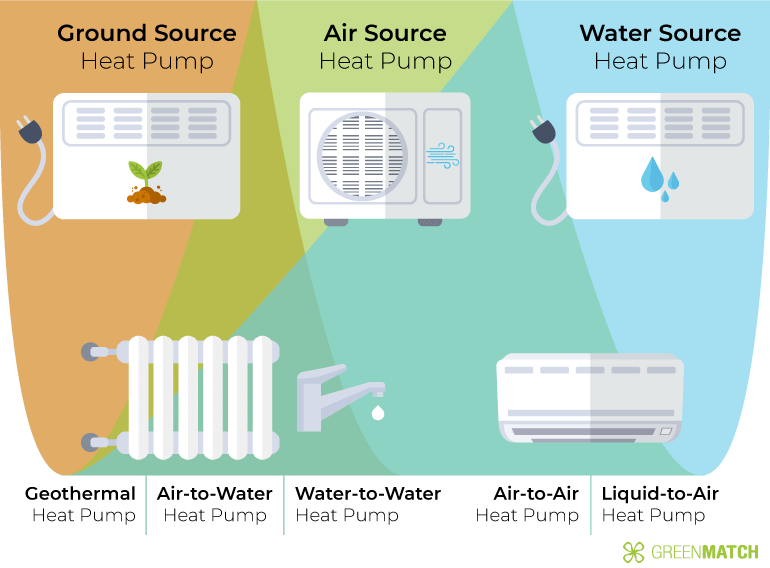
Water Source
These are less common and require a nearby water source such as a pond, lake, or well to operate. This type of heat pump draws water in and exchanges heat between your air and the water. This system tends to be less effective in the very cold winter months and likely requires a backup heating system.
There are a few other types to mention such as hybrid heat pumps which use two sources to heat or cool. Some employ solar energy or combine ground or water methods with the traditional air method to increase the effectiveness. Some even utilize gas or oil alongside the heat pump to meet the heating demand.
Read Before Buying
Alright, you’re convinced. A heat pump purchase is on the horizon. However, there are some things you need to keep in mind before selecting one. This will ensure you get the proper type, size, and performance.
What Size of Heat Pump Do I Need?
Several things need to be considered when sizing a heat pump for your home.
Local Climate
Heat pumps are most effective in mild temperatures and don’t do well in extremes. Consider your climate zone to determine what size heat pump you’ll need.

Size of Your Home
Consider your square footage and layout of your home before choosing a unit. A two-story home will require a unit with higher BTUs.
Number of People and Appliances
The number of people, appliances, and the frequency of operating large appliances can have a considerable impact on your heating and cooling needs.
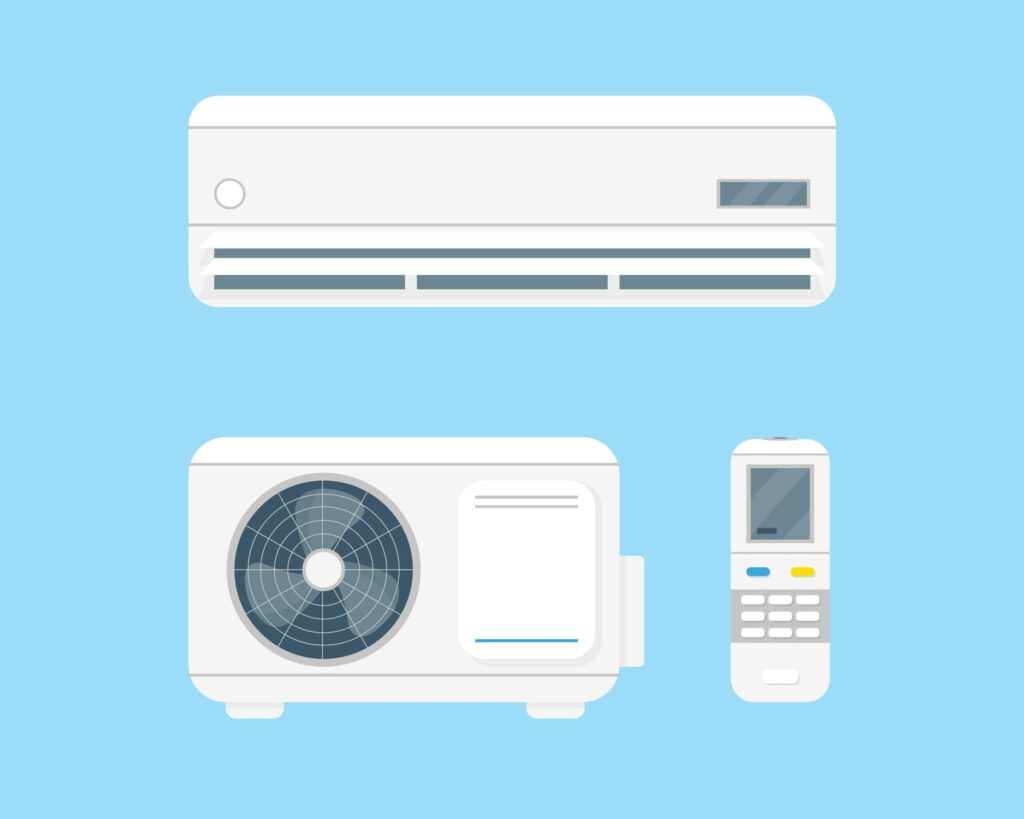
Heat Pump Load Calculator
Here’s a load calculator to help you choose the right size. Many companies use Manual J information to determine this.
How to Choose a Heat Pump
Once you have sized a unit, you need to take a few other things into account. A heat pump will affect your comfort for years to come so be sure you choose the right one that will last.
Ratings
Heat pumps have several ratings on them. You might see SEER, EER, or HSPF ratings. Each of these tells you how efficient and effective the unit will be. It is recommended to choose units with a minimum rating of 15 SEER/8.5 HSPF and some regions have other required minimum ratings. Be sure to check out requirements in your area.
Type of Blower Motor
Blower motor speeds range from a single, fixed speed to variable speed. This also affects the amount of power your heat pump will use.
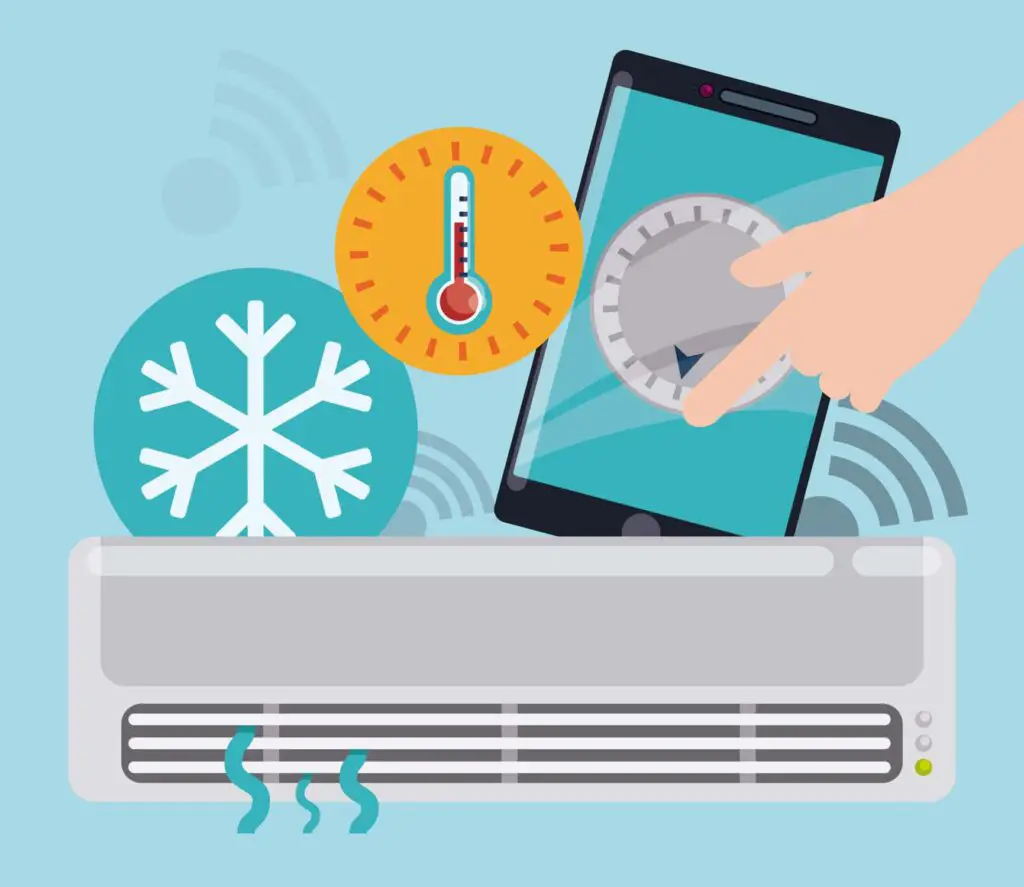
Amount of Insulation
A well-insulated home will experience more benefits from a heat pump. A heat pump in a poorly-insulated home will be less effective and will require a larger unit to achieve optimal results.
Budget
Finally, consider how much you can afford to spend. Overstretching your finances is rarely helpful and there are many units that fit into a variety of budgets out there.
Other things to consider include the number and location of windows, heat pump compressor type, preferences of the occupants, and the construction of your home. Taking all of this into consideration will ensure you get a unit you’ll be happy with.
Top Heat Pump Brands
Many brands produce heat pumps. Some are more well-known than others and have created a reputation for excellence. Here are some of the top-rated heat pump manufacturers. Click on the link to access our brand review for that company.


Heat Pump Maintenance Tips
Of course, every device worth using will require regular maintenance to keep it in optimal condition. Heat pumps are no exception.
Be sure to address issues when they come up to prevent your heat pump from breaking down completely. Regular cleaning is also necessary to ensure proper operation for many years.
Common Heat Pump Issues
Heat pumps are prone to some common problems. Some are easy fixes while others will require the services of a professional. Here are some things you might experience:
Heat Pump Not Turning On
There can be several reasons for a heat pump that doesn’t turn on. First, you should check the circuit breaker and power outlet. If everything is getting power, check the thermostat setting. If it is off or set to the wrong temperature, it may not turn on.
Heat Pump Not Heating
This can be caused by a blockage of the air vents on the outside unit. Clear away any debris and ensure it has plenty of space. A dirty air filter can also reduce a unit’s ability to heat or cool.
Heat Pump Won’t Cool
For a heat pump that isn’t cooling, you should check the thermostat to be sure it is properly set. The second thing to try is replacing the filter and checking for obstructions around the unit.
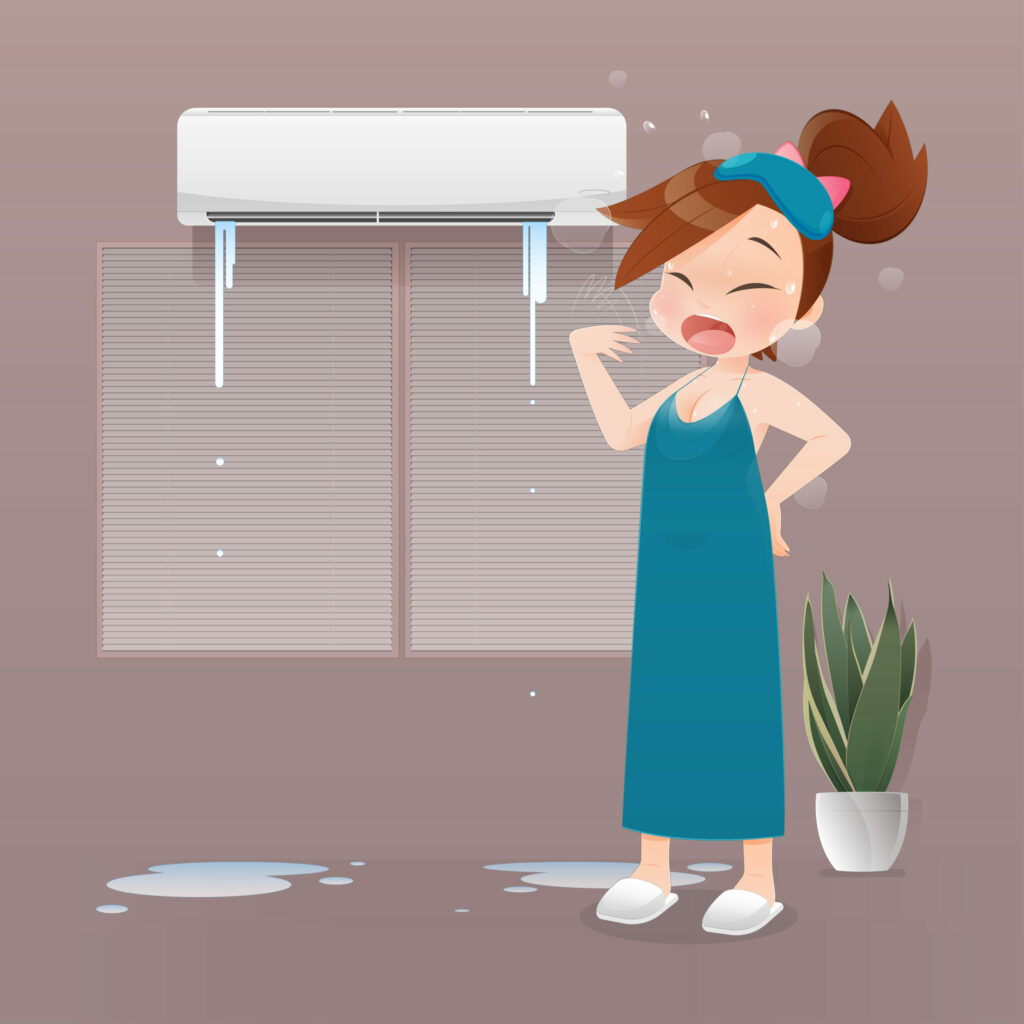
Heat Pump Constantly Runs
There are many reasons this can happen, both in summer and winter. Make sure your unit is sufficiently sized for your space, if not, you’ll overwork your heat pump. Check the thermostat settings. Check for dirty coils and filter. If you are not properly maintaining your unit, dirt can build up on the coils and cause the unit to work constantly.
Heat Pump Making Strange Noises
If your unit is squealing, grinding, or flapping, there is something not working right. First check all connections and flaps. A loose flap can cause a lot of noise. If the sound is coming from the motor, that’s not typically a DIY. A clicking sound may mean your capacitor won’t start. Either way, a technician is required.
Heat Pump Is Short Cycling
Sometimes this is as simple as adjusting or replacing your heat pump thermostat. If that doesn’t fix the problem, your unit might be working too hard due to an undersized unit or overheating. These should be addressed by a technician.
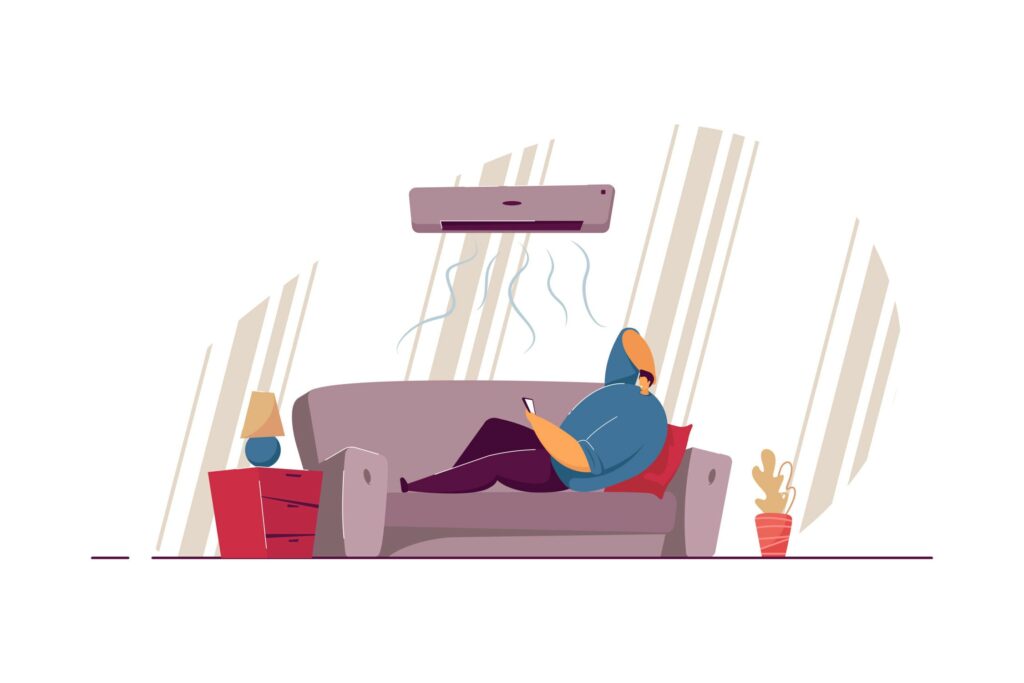
Heat Pump Troubleshooting
When your HVAC system isn’t running right, it is frustrating. However, with so many moving parts and components, there are only a few things a homeowner with no HVAC expertise can do.
Does Your Unit Have Power?
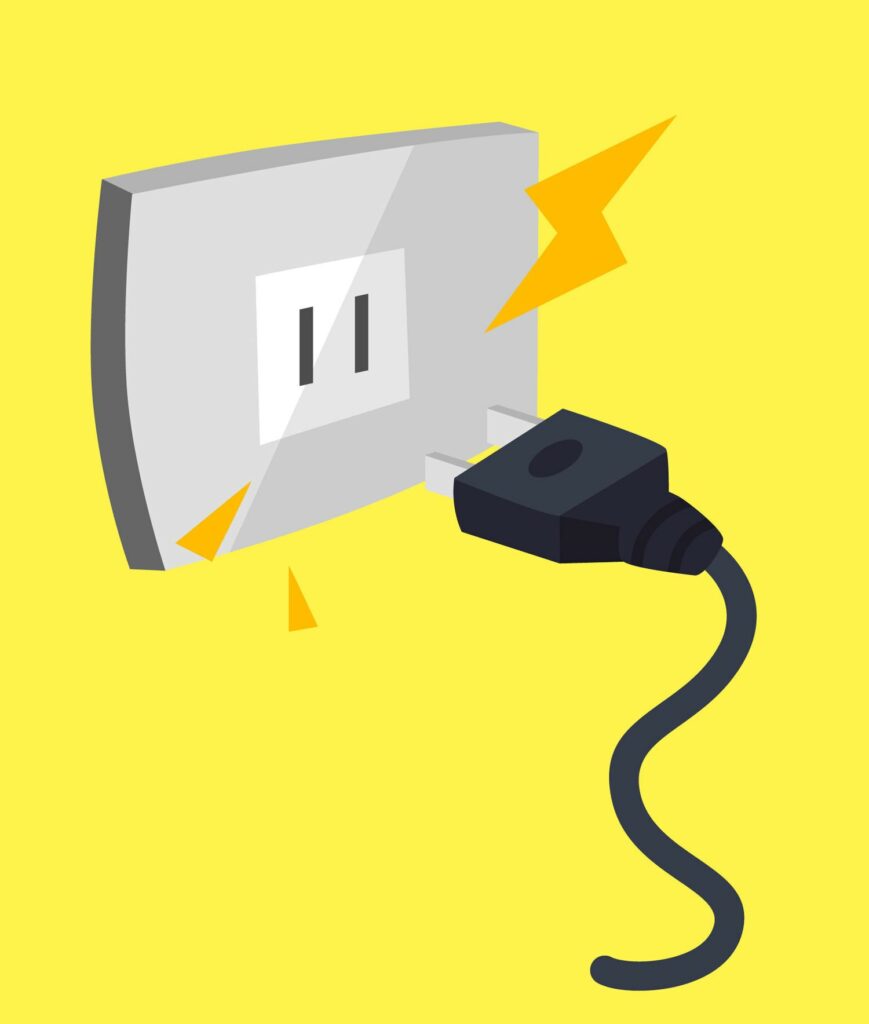
It is common to have a circuit breaker trip due to a power surge. Children and pets can also accidentally unplug or turn off a unit.
This may seem obvious but we’ve seen many cases that were solved by resetting a breaker or plugging in a unit.
Check Your Thermostat
Many issues are caused by a thermostat that is not set to the correct setting or one that is not calibrated properly.
Check Filters and Coils
A dirty unit is inefficient at best and non-operational at worst. Look at both the filter and coils. Clean or replace them as necessary.
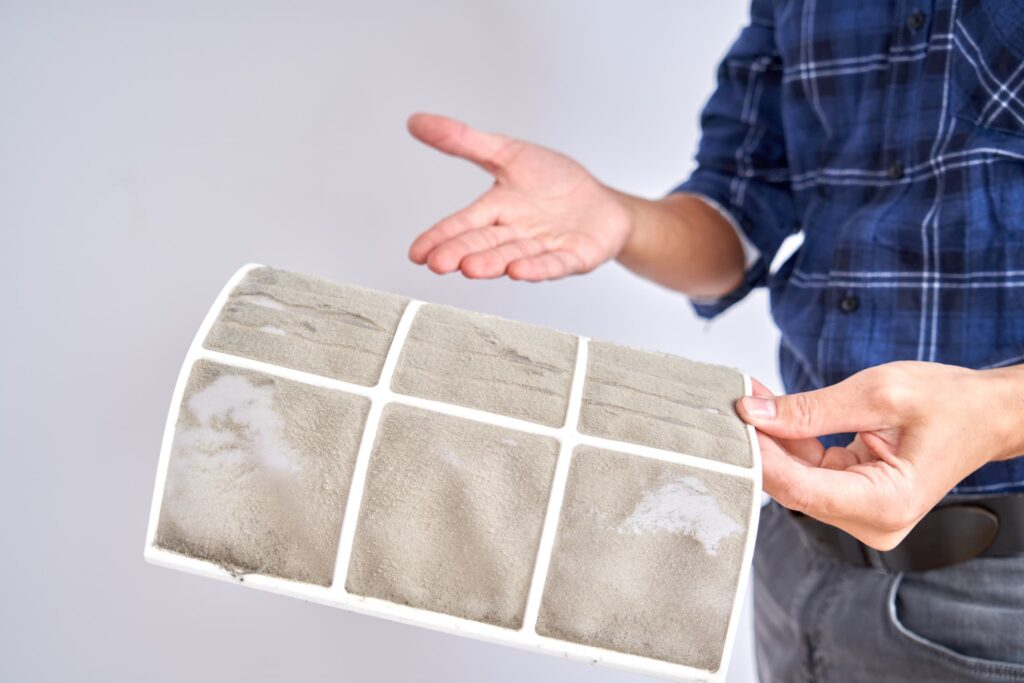
Is Your Heat Pump Free of Obstructions?
When your heat pump operates outside, it is subject to a host of debris that can blow or get sucked into the unit. Check to make sure there is nothing blocking airflow.
If none of these fix your issue, you will need to call out a skilled technician. This is the best way to get your heat pump back to working.
How to Install a Heat Pump
If you’re hoping to install a heat pump yourself, you’re in luck. It is definitely possible, although you’ll need to have or acquire a few skills, possibly involving electrical and carpentry. You’ll also likely need an extra set of hands.
Installing the Indoor Portion
1. Use the template that came with the unit to decide where to mount your indoor unit. Find studs and measure the proper height as indicated by your manual.
2. Attach the mounting plate and ensure it is properly anchored.
3. Drill hole for refrigerant line, then widen the hole with a proper tool. Do the same thing on the outside to make a continuous hole.
4. Insert and trim wall sleeve and install cover.
5. Run the wiring and lines through the wall sleeve.
6. Line up and snap the unit into place.
7. Use clay (usually included in kit) to seal hole around lines.
8. Connect and secure all lines including the refrigerant line.
9. Check for leaks with soapy water.
Here is a helpful video if you need more of a visual guide.
Installing the Outdoor Portion
1. You’ll either need to build or buy a slab, or prepare the area to mount the unit to the side of your house.
2. Center and attach the unit to the slab or house per the instruction manual. Use rubber pads to secure and insulate against sound.
3. Connect lines to the outdoor unit
4. Open lines and check for leaks
5. Ensure the electrical is ready. This means being able to connect to the breaker box if a proper outlet is not available. Follow the guide in your manual or hire an electrician to prepare it for you.
How to Clean a Heat Pump
Cleaning your heat pump is one of the best ways to ensure it operates as efficiently and long as possible. This is definitely a task most people can perform themselves. However, if you are not comfortable with this, you can call an HVAC technician out to clean and maintain your unit.
1. Remove front cover and filters. Wash and dry filters if they are washable, replace if they are disposable. (Most filters on a mini-split will be washable)
2. Remove the inner cover and blades to expose the coils
3. Detach, inspect, and wipe down drain pan
4. Remove the blower wheel from the motor Note: Do not press or touch the coils. They bend and can be damaged easily
5. Wash the blower wheel with water and a cloth
6. Wipe down all visible areas other than the coils
7. Clean the coils with a dedicated coil cleaner – Do NOT wipe or press on the coils
8. Reassemble the unit and turn on to flush out any loosened dirt and coil cleaner
The process takes patience and a gentle hand to avoid causing damage but can be done on your own.
If you are not comfortable with the process, you can call out a technician to clean it for you for a moderate charge. If you’d like a visual demonstration, check out the video below.
How Often Should I Clean a Heat Pump?
Cleaning should be done at least twice a year, although it is recommended every 8-12 weeks. However, if your unit is in constant use or you live in a very dusty area, you may need to do it more frequently.
A deep cleaning should be done annually and is best performed by a professional who can inspect, lubricate, and tighten all internal components.
When is it Time to Replace My Heat Pump?
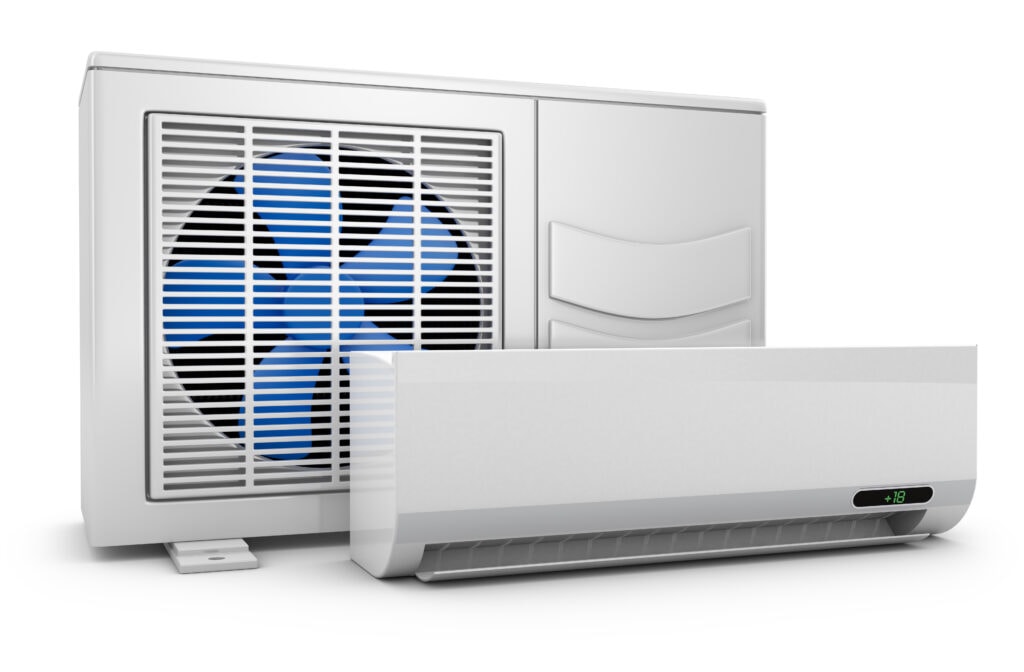
When your unit is on the fritz, you can either repair or replace it. Sometimes repair is worth the cost but often the repairs will cost nearly as much as a new unit.
So how do you know when replacement is imminent?
● Your unit is more than 10 years old. Heat pumps last between 10-15 years when proper maintenance is performed.
● You keep having to perform repairs- if you have one or more issues on a yearly basis, it is likely your heat pump needs to be replaced.
● You have added people or square footage to your home and your unit isn’t performing as well. Changes in square footage or the addition of people make your unit work harder and you may need higher BTUs.
● Your power bill skyrockets when the heat pump is used. This indicates it is not efficient and should be replaced.
Anytime your heat pump is not performing to your expectations, you should consider getting a replacement. Getting a new unit will undoubtedly be more energy-efficient and able to meet your needs better.
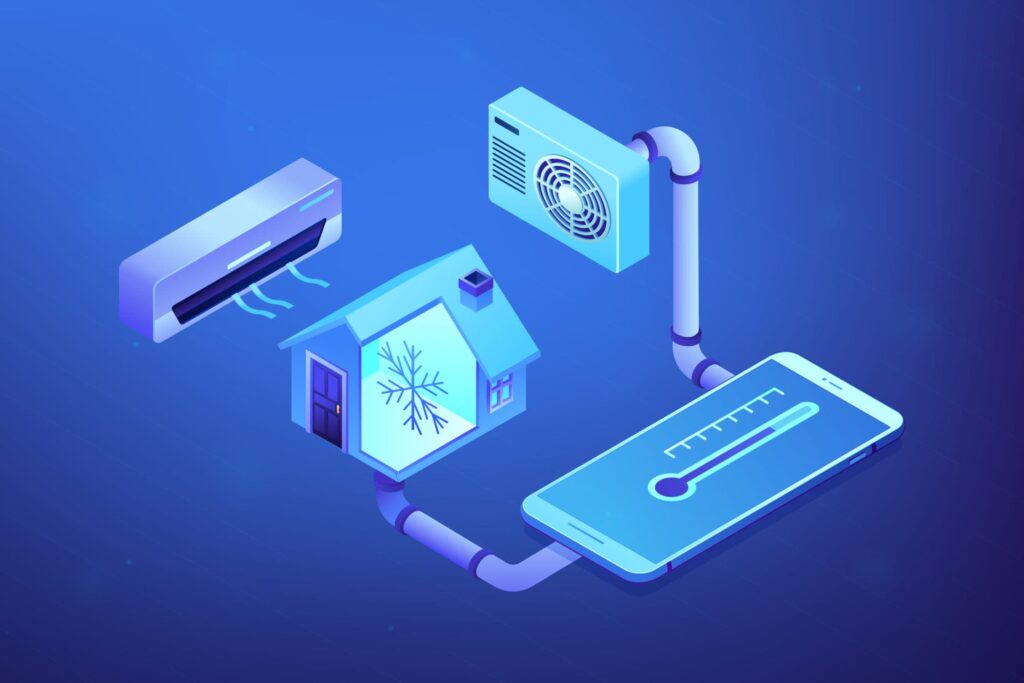
Can You Really Find a Quality Heat Pump That’s Affordable?
Heat pumps are available from $3,000-$8,000 for the unit itself. However, when adding in installation costs, you could pay upwards of $10,000.
Once you decide on a budget, evaluate what is available in your price range. You may have to adjust your expectations to find an affordable model, but it can be done.
Consider your ability to install a heat pump yourself. If that is not a possibility, then installation costs need to be factored in.
It is also possible to cool a smaller portion of your home with a smaller unit. Installing a unit in the most used area of your home will keep you comfortable without breaking the bank.
Conclusion
Heat pumps are pretty amazing if you truly understand how they work. By using heat from other sources, it reduces the energy needed, thereby saving you money and electricity. These are versatile and come in many forms. From window heat pumps to water heaters, this technology is widely available.
These devices are an excellent option for both cooling your home in summer and keeping you warm in the winter with a single unit. Hopefully we’ve answered all of your questions in this article, if not, please check out some of our other heat pump articles.
Thanks for stopping by!

HVAC Training 101 is a participant in the Amazon Services LLC Associates Program, an affiliate advertising program designed to provide a means for us to earn fees by linking to Amazon.com and affiliated sites. Pages on this site may include affiliate links to Amazon and its affiliate sites on which the owner of this website will make a referral commission

